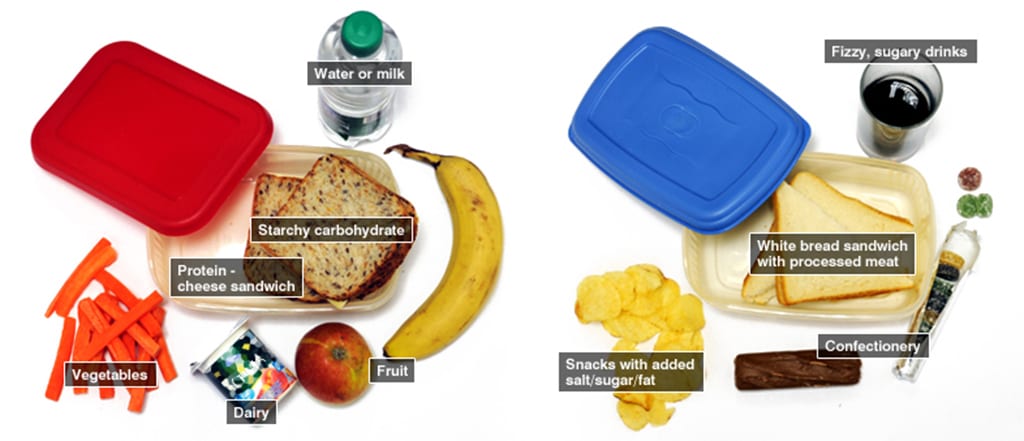School Meals
At Bramley Park Academy all of our Reception and Key Stage 1 children receive a Free School Meal. Many of our Key Stage 2 children also receive a Free School Meal. If you feel that your child should receive a Free School Meal, please speak to the School Office.
If your child brings a packed lunch to school we ask you not to include chocolate bars or crisps. We also do not allow children to bring juice or fizzy drinks for their lunch as we provide water for all of the children.
We encourage pupils to drink water every day as remaining hydrated is very important. Pupils are allowed still water only. Flavoured water and fruit juice are not permitted. It is the responsibility of parents and carers to take the water bottle home each day to be washed and refilled with fresh water.
Some parents have been asking us how they can provide a healthy packed lunch for their children. The picture below might help you to provide your child with a healthy packed lunch!

The Eatwell Guide
Use the Eatwell Guide to help you get a balance of healthier and more sustainable food. It shows how much of what you eat overall should come from each food group

Eat the Rainbow
Different coloured fruits and vegetables have different nutrients. Eating a variety of colours helps us stay healthy.
| White
Helps your body: Examples: |
| Red
Helps your body: Examples: |
| Orange/Yellow
Helps your body: Examples: |
| Green
Helps your body: Examples: |
| Blue/Purple
Helps your body: Examples: |
Fats and Sugars
Fats:
Hidden Fats and Sugars:
- Cheese
- Margarine
- Whole Milk
- Butter
- Fat on meat and poultry

- Cake
- Sweets
- Chocolate
- Biscuits
- Ice cream
- Crisps
- Fizzy drinks
- Fried rice
- Sausage rolls
- Fast foods e.g. Chips

Do fats help the body?
Fats give the body energy for growth, but we need to make sure we eat the right amount, as too much fat can be bad for us.
Is sugar good for us?
We can actually do without sugar, but it makes things taste nicer. Too much sugar in our diets can damage our teeth. When we eat and drink foods which have large amounts of sugar in them, acids are produced in the mouth by bacteria that live in the plaque on the surface of the teeth. These acids begin to dissolve the enamel, and this leads to tooth decay.
Suggested maximum amount of sugar to be consumed each day for:
4-6 years old = 5 sugar cubes (19 grams)
7-10 years old = 6 sugar cubes (24 grams)
11+ years old = 7 sugar cubes (30 grams)
Always look at the nutritional information provided to see how many grams of sugar is in your food. Colour-coded food labels are a great way to tell if the food is good for you. A green sugar label is a healthier option than a red sugar label.

